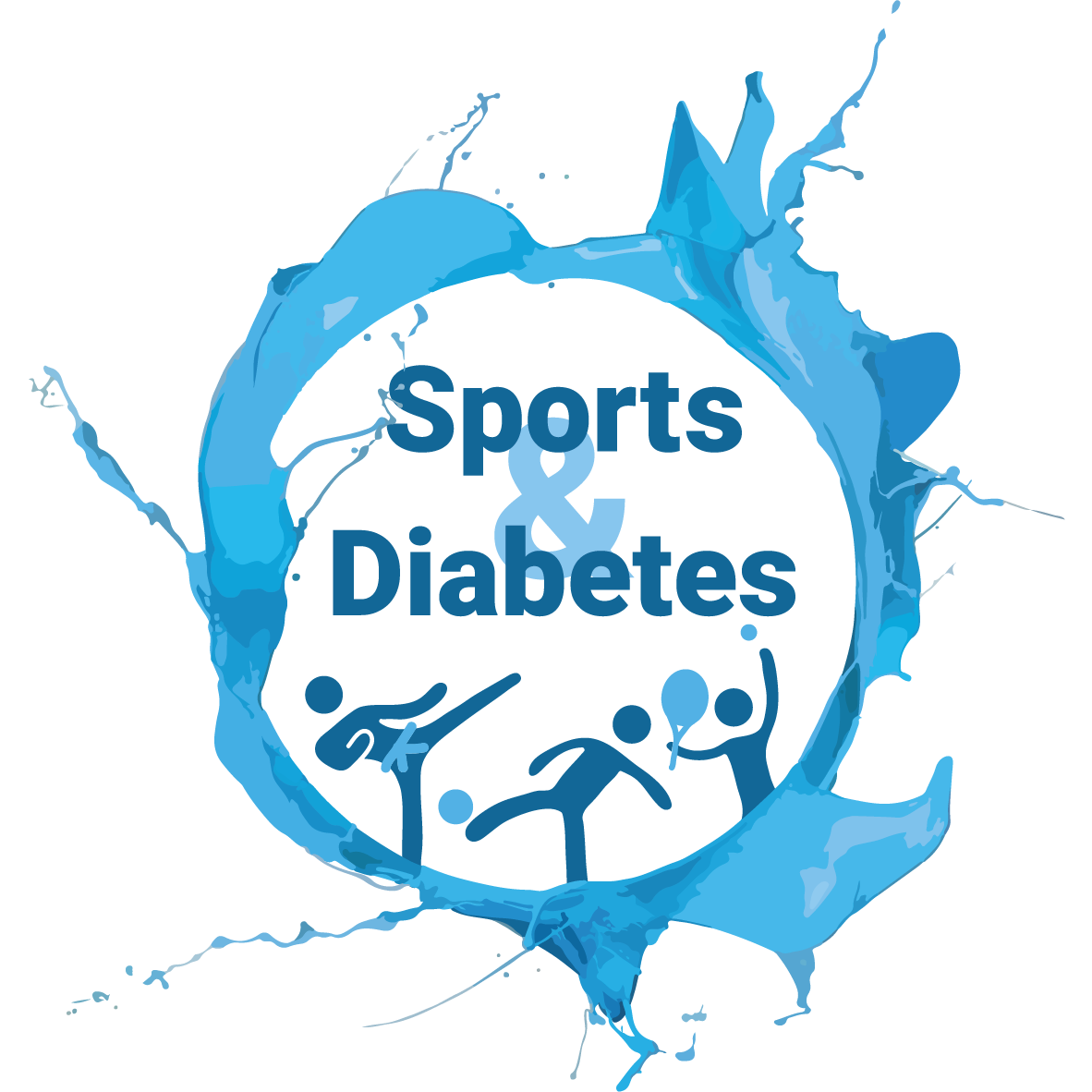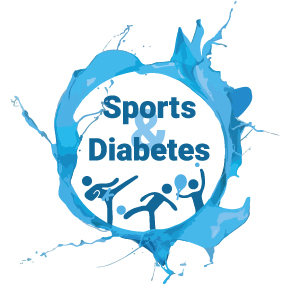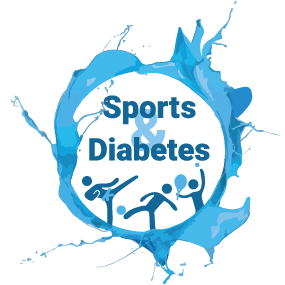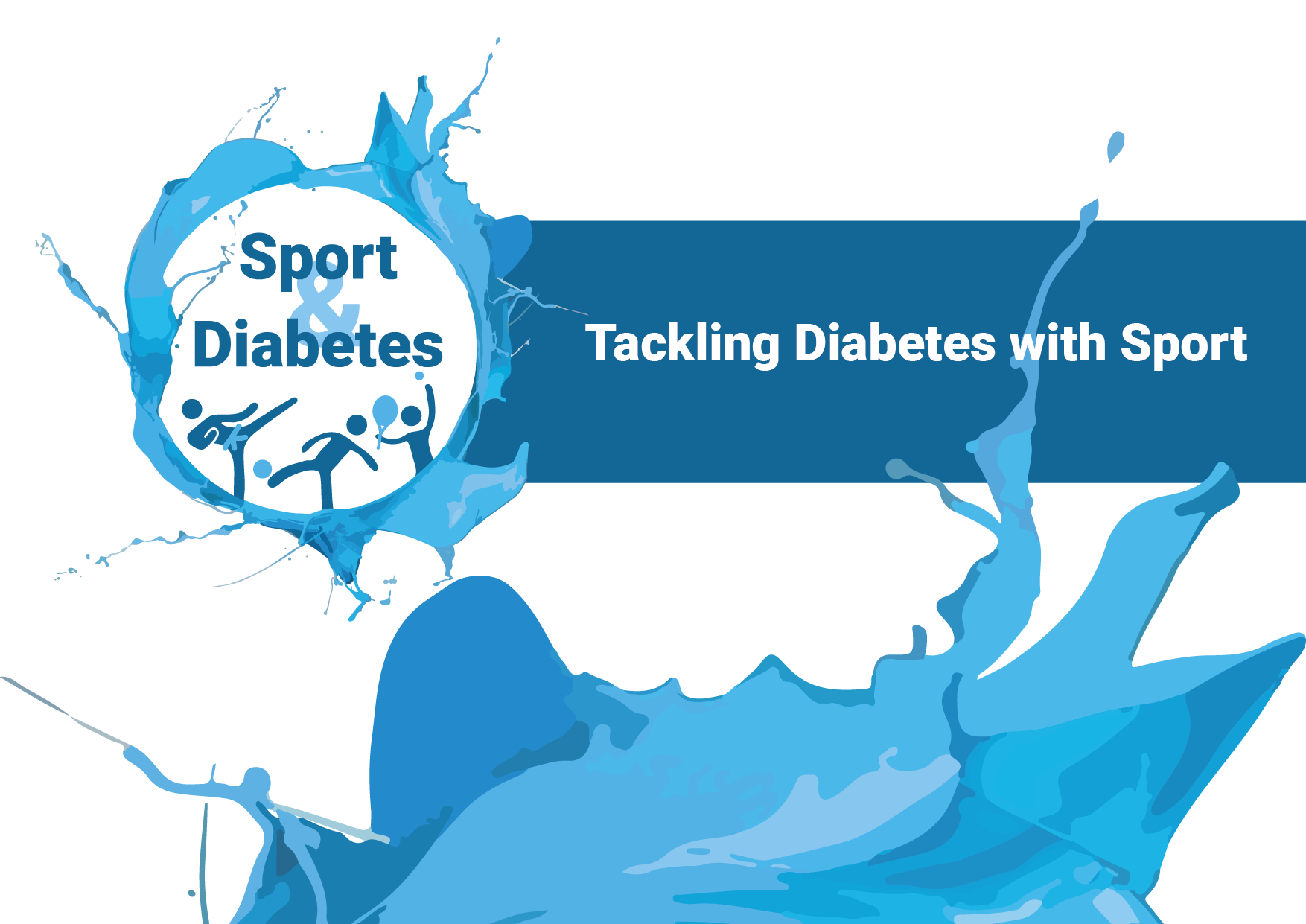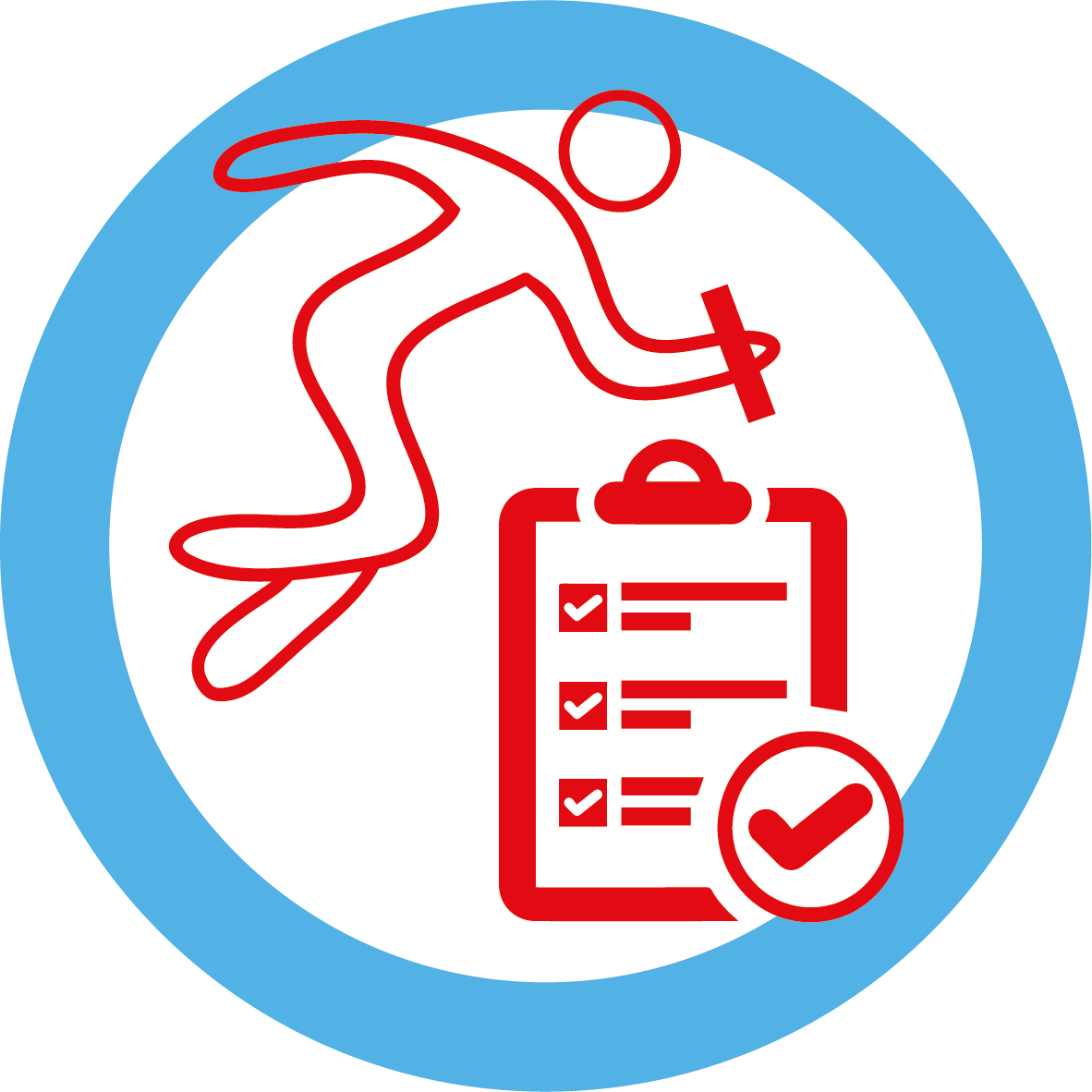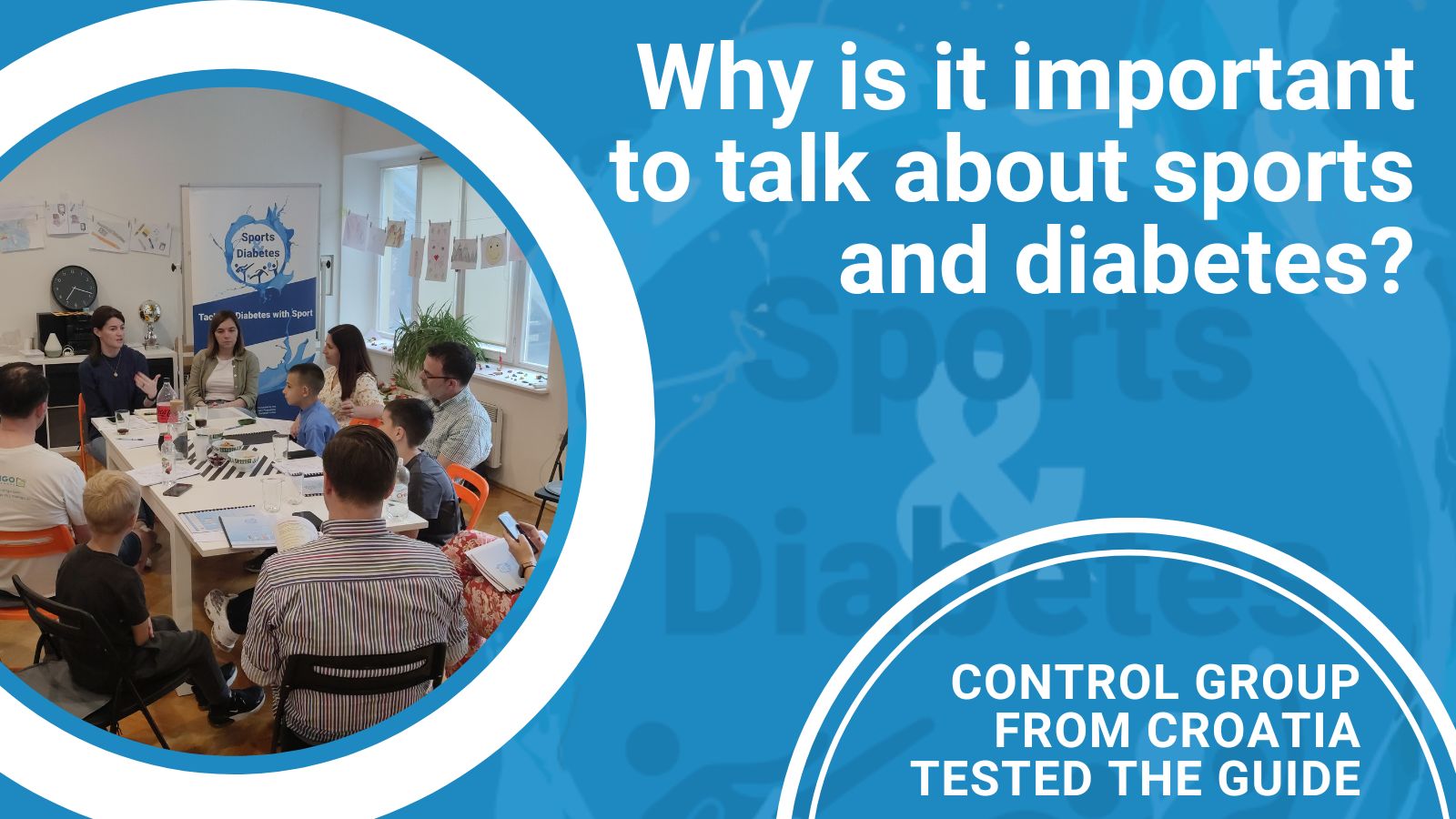
Why is it important to talk about sports and diabetes? – report from Croatia
Control group from Croatia tested the Sports&Diabetes guide
If you have diabetes or someone in your family with diabetes, you will undoubtedly understand us when we say that playing sports with diabetes is a big challenge. Likewise, we believe you’ll agree with the science-based fact that physical activity and diabetes complement each other.
So why be active? In addition to the favorable results of many studies on how continuous physical exercise generally contributes to strengthening muscles and bones and reducing blood pressure, cholesterol, and glucose, it stimulates the body’s sensitivity to insulin (in other words, the amount of insulin decreases) and reduces HbA1c. These are only part of the benefits that a person achieves through continuity. However, they must get to know their body to attain beneficial effects.

That’s why, as part of the EU project Sport&Diabetes, we had the opportunity to gather a group of interested participants, children and adults with diabetes aged 9 to 25, parents, and coaches. Our control group helped create the Guide with their real examples.
The diversity of our group showed that real-life examples are significant. Namely, we gathered children and teenagers with type 1 diabetes, of which there were several with long-term experience of diabetes, some with shorter experience, and a participant still in remission.
Our control group is engaged in various sports – swimming, volleyball, gymnastics, field hockey, basketball, soccer, table tennis, taekwondo, and rowing. Although some of them are already in the severe categories, all of them faced the challenges of balancing their glycemia before, during, and after playing sports. And the magic formula they came up with is repetitive repetition, each for himself. Since the sports they play are of different weights, the training makes a big difference. Therefore, they concluded that it is easiest for them to control their diabetes when they receive a training plan and program for the following week from the trainer.
Through our total of 6 meetings, we went through the topics of the Guide – Introduction to sports and diabetes, hypoglycemia, hyperglycemia, understanding how different sports affect blood glucose levels, as well as strategies, nutrition, technological gadgets, training, camps, and trips, personal charts, and activity schedules, psychological moments and myths that are often associated with diabetes.
Younger children tested the comic Guide intended for their age to immerse themselves in the world of sports and diabetes in the most entertaining way.
Combined training
The highlight of the meeting was a combined training session on June 11, 2022, when 30 children with type 1 diabetes ran happily on the green fields of Mladost. These small and slightly older enthusiasts did the training without any problems under the watchful eye of trainers and volunteers of the Zagreb Diabetes Association.
Saturday could not have gone better, with the initial training of excellent and high-quality exercise, junior and cadet football matches, socializing, and workshops.
Despite the fast pace and activity-filled Saturday, running in the sun was relatively easy for our participants. Moreover, they felt even stronger in togetherness and mutual encouragement.
An important message we must send
People with diabetes can only understand the challenges of playing sports with diabetes. It is not always possible to guess the correct ratio of carbohydrates, the time and type of training, the dose of insulin, and many other small but essential details.
However, everything written is a reason to keep going. In fact, sport represents much more. It is suitable for our psychophysical health, it opens up space for new friendships and acquaintances, and of course, it contributes to better regulation of diabetes in general.
Bearing in mind the diversity of our lifestyles, it is understandable that engaging in physical activity affects everyone individually. What is essential is to be persistent until we reach the perfect ratio of activities that will suit us.
It was my pleasure to be the moderator of our group. And I learned a lot from smart heads. Above all, don’t give up, but adapt the physical activity to your lifestyle and possibilities. But the most important thing is to be active continuously.
The final of this EU project will result in many positive stories. Also, I believe that the Manual, which was faithfully worked on by experts and encouraged by our participants through their examples, will genuinely be a comprehensive and high-quality reading for everyone – a person with diabetes, a parent, a trainer, an educational institution, and the entire community.
Read more about the project and look for materials on the Sport&Diabetes website.
Croatian version is available here.
